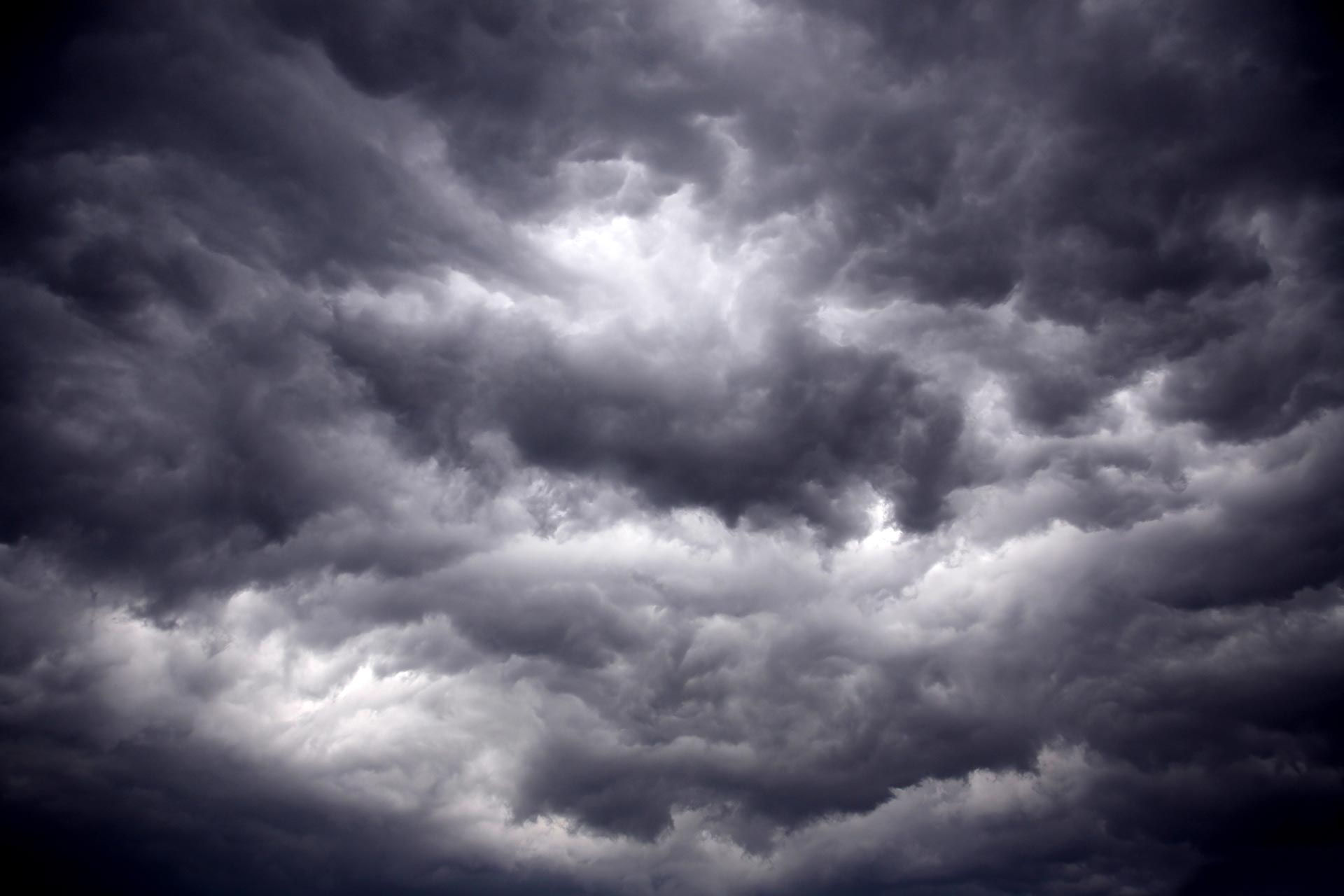OUT OF THE ICE BOX!
- terryswails1
- Jan 22
- 4 min read
There is always something to be thankful for. Sometimes you may not even recognize it. That's the case with this recent cold blast. As nasty as it was Monday night and Tuesday morning, one factor that made it much better than it could have been was the absence of snow cover. Snow, especially deep snow, is highly reflective. It has what's known as a high albedo. When there's a healthy snow cover, the sun's energy is reflected and not absorbed as it would be if the ground was bare. That limits the ability for readings to warm. Snow cover can make temperatures as much as 10 degrees colder. So thank your low albedo for sparing us some pain

Even without snow on the ground, temperatures fell to 17 below in Cedar Rapids, 16 below in Dubuque, and minus15 in Waterloo. Steve Gottschalk, a 60 year NWS observer in Lowden, Iowa, had a high of 56 last Friday and a wind chill of 35 below Tuesday. That made it feel 91 degrees colder. Here in Dubuque, my feel like change was 86 degrees, from a high of 51 to a wind chill of 35 below.

In fact, it's very rare to see a temperature of 10 below with no snow pack. The low in Moline Tuesday of 11 below was the coldest temperature ever measured over the last 100 years without snow on the ground. The total of 3 straight days of sub-zero cold with no more than a trace of snow is the coldest such streak since 1976.

It's not surprising we set some records considering the 850 temperature (if I'm reading this sounding right) was at minus 31.3 degrees at 6:00am Tuesday. That would be an all-time record at the NWS office in Davenport. Soundings there go back to 1995. The previous mark was -29.5 December 24, 2022.

One last thing about the cold, this graphic from the Iowa Mesonet, shows that Tuesday morning 38 of 50 states were under cold weather advisories impacting nearly 217 million people. Another 40 million in 28 states were under extreme cold warnings, including my local area.

Now, the frosting on the cake. The depth and southward push of the cold air was so significant that snow fell all the way to the Gulf of Mexico. Mobile, Alabama reports 8 inches and Pensacola Beach, Florida, 6.5 inches, (a new record-breaking the old mark of 3 inches set way back in 1885). That's twice as much as most of us have seen here the entire winter. For me, that frost's a lot more than my cake!

WINTER SALE CONTINUES AT OUR GALENA AIRBNB (CLICK BANNER)
40% off a weekend or weekday stay in December-February. Call or text Carolyn now at 563 676 3320
A LITTLE LOCAL DUSTING...
Wednesday is a day of transition as we ease our way out of the deep freeze. Southerly winds should allow temperatures to climb back into the low to mid 20s. However, the addition of warmer air will provide the lift for what should be occasional periods of light snow or flurries. Any snow should form in the north Wednesday morning and then gradually drift southeast in the afternoon. The big question is the amount of dry air in the low levels and how much that delays and cuts into accumulations which are already expected to be light. I'm very hesitant to get too fired up about amounts with limited moisture and dynamics, and the fact, snow has been very tough to come by this year. I could see some isolated spots knock off a fluffy inch, but for my money, 1/2 inch to a dusting seems more likely. Here's what the models are telling us.
The EURO

The GFS

The HRRR

The 3K NAM. For what it's worth, this seems far too aggressive with totals. Not to say it could not happen but I don't see strong evidence to support it.

Behind the disturbance, Thursday and Friday are going to be typically fresh January days in terms of temperatures. With winds returning to the north, highs Thursday will hold in the range of 15 north to 20 south. Friday, a slight increase into the range of 20-25 is expected. Saturday, looks even better, with 35 to 40 on the table. Once again, the period looks dry beyond what little snow we get Wednesday.
Longer range, the storm track slowly lifts north and after starting with cold NW flow, veers to a more westerly component. The zonal flow should keep Arctic air out of the pattern into early February. There could be a couple clippers that pass north, which means we largely avoid their snow or precipitation. These can produce good warm-ups followed by brief cool-downs. In essence, we remain out of the primary precipitation shield and, on average, stay near to above normal on temps. The EURO indicates this for 10 day temperature departures for the period January 26-February 5th.

The precipitation departures for the same period are dismal. How lame.

So there you have it. Today won't be great, being cold with some snow showers around the edges, but compared to the last couple of days it will be a huge step in the right direction. I'll take it. Roll weather...TS














Comments